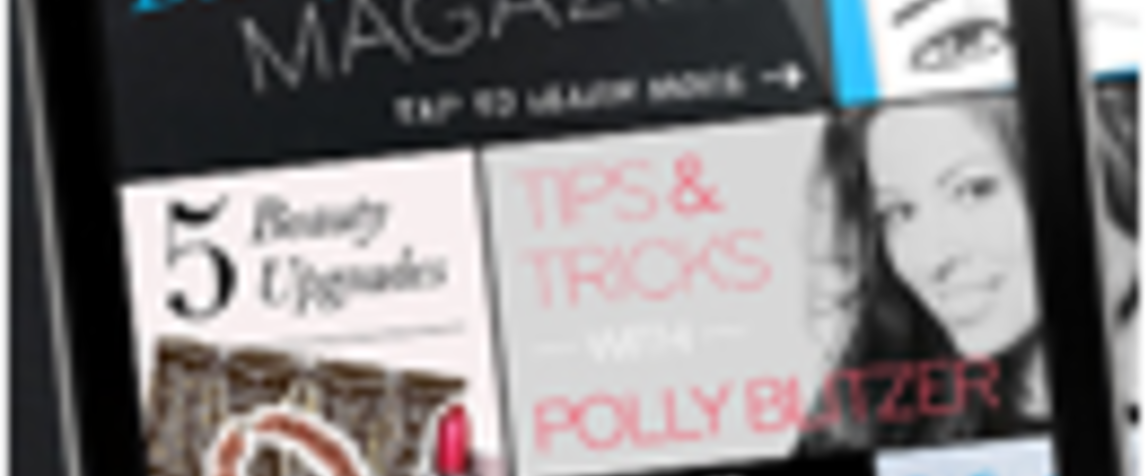We need an app, ASAP!”
It seems to be the mantra in marketing departments throughout the land these days. Everyone it seems has suddenly discovered a burning need to have a branded app. Certainly there is a growing appetite for app. As of mid 2011, more than 15 billion apps had been downloaded, and offerings are plentiful, with an estimated 425,000 apps for the iPhone and 90,000 for the iPad available on the iTunes store. Looking more specifically at the beauty category, there are 414 iPhone apps on the iTunes Australia store tagged as beauty” and 179 iPad apps tagged beauty”. And that’s not even looking at the potentially bigger Android app marketplace!
App development isn’t cheap. Aaron Maxwell, a US developer, suggests a good budgeting rule of thumb is to allocate $30k to develop an app from scratch, not to mention updates and upgrades. Given the cost, it is worth answering two basic questions before diving into the app pool:
- What is my ROI? Unless I’m charging for my app, how will I determine what my return on investment is? Will it generate leads? Create engagement that translates into purchases? Build my database? Without a defined ROI, all you have is an orphaned marketing effort.
- Does my app do anything? Why would someone download it? The value of an app lies in a combination of immediacy, simplicity and context. When it is done well, an app creates a real opportunity for engagement with your prospects. But when it doesn’t, it will be ignored.
A quick look at three branded apps gives a sense of how three beauty marketers have approached apps.
The mark. brand has a Beauty & Fashion Trend app which is essentially a catalogue of their seasonal collections. While the trend approach gives it some utility, it is telling that half of the ratings the app has received have only been one star—indicating the app has limited long-term utility to users.
Revlon’s All Access app has taken a very magazine approach, with a stable of resident Revlon experts that share insights on beauty and fashion. That makes sense, given that it was developed for Revlon by magazine publisher Conde Nast’s digital team. The real test of this app strategy will be whether this soft sell” approach will ultimately drive customer activity – or simply be an expensive exercise in digital custom publishing.
My Beauty Advisor was developed by Proctor & Gamble for the iPhone and Android. P&G connects users with such major P&G brands like Clairol, Covergirl, Olay and Pantene. It allows users to browse a free magazine, have a beauty consultation and add products to a virtual "beauty bank" that saves information about consumers' personal choices. It seems like a fair exchange for P&G and users, with this telling caveat comment from a user: I really like this app...love that I can browse make-up and add to my beauty bag...like that it has a pic of the product and customer reviews...the only thing I don't like is that there is only one brand for each category. I'd like to be able to browse other brands as well...would give five stars if they expanded it.”
If you’ve developed a killer app in the beauty space, why not let me know about it for a future update on apps? I’d love to hear from you at patty@digitalchameleon.net!
Patty Keegan is Director of Digital Chameleon. Beginning her career in magazines, she was also VP at Carat USA, founder and Director of Carat Interactive Australia, founding General Manager of the IAB Australia, and listed as one of B&T’s 40 biggest players of Australia’s digital age.”
Digital Chameleon provides learning & development programs for marketers transitioning their skills to digital. We offer face-to-face and online courses that can be customised to your needs, for groups or individuals. Visit us at www.digitalchameleon.net. Contact us at info@digitalchameleon.net, Twitter: @pattykeegan, Facebook: digitalchameleon

